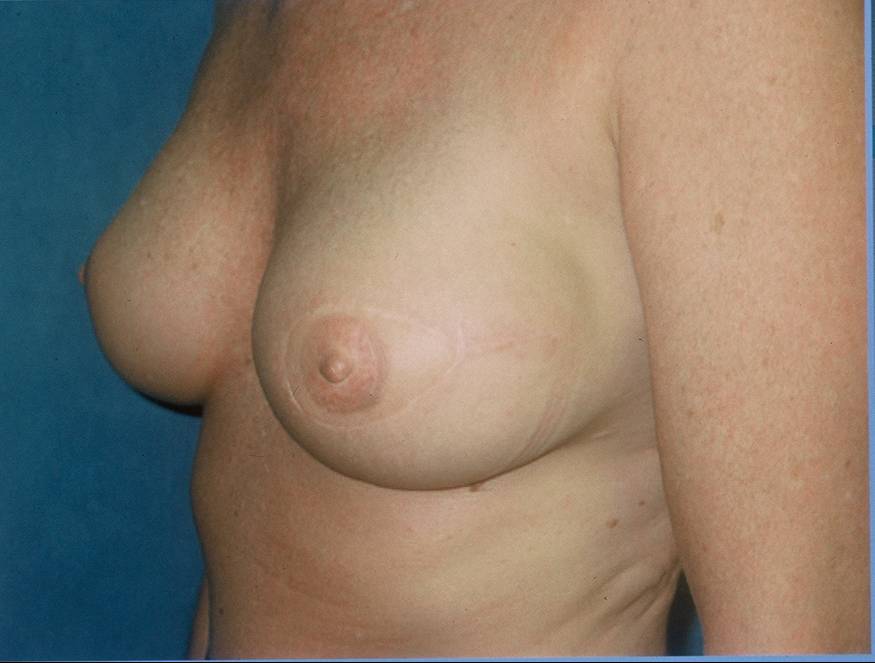McCormick Place, Lakeside Center
Sunday, September 25, 2005
9:00 AM - 5:00 PM
McCormick Place, Lakeside Center
Monday, September 26, 2005
9:00 AM - 5:00 PM
McCormick Place, Lakeside Center
Tuesday, September 27, 2005
9:00 AM - 5:00 PM
McCormick Place, Lakeside Center
Wednesday, September 28, 2005
9:00 AM - 5:00 PM
8109
Bilateral Breast Reconstruction with Latissimus Dorsi Musculocutaneous Flaps—A Primary Strategy in Sixty Consecutive Patients
With increasing frequency, patients are requesting bilateral mastectomies with reconstruction. In most series, latissimus dorsi myocutaneous flap reconstruction of the breast has traditionally been viewed as a secondary option. TRAM flaps and tissue expander/implants are the primary techniques chosen, with the latissimus flap reserved for patients deemed unsuitable for or who have failed the primary options. Bilateral TRAM flaps are lengthy operations subject to failure, fat necrosis, and significant donor site complications. Bilateral expanders/implants frequently provide unnatural, less than acceptable cosmetic results and can be unstable over time. From 1997-2004 sixty patients underwent bilateral breast reconstruction with 120 latissimus dorsi myocutaneous flaps as a primary reconstruction method by a single surgeon. Fifty five patients had a diagnosis of malignancy and elected bilateral mastectomy based on tumor histology or strong risk factors. Five had either a strong family history or severe fibrous breast disease, but no malignancy. Mean number of breast biopsies was 2.8. Mean age was 45.7 years. Mastectomies and initial latissimus dissection was performed in the supine position, with the patient then repositioned in a sitting position to allow for simultaneous bilateral lastissimus harvest. Inset of the latissimus flap and placement of the subpectoral tissue expanders was performed in the supine position. Mean operative time was 3.6 hours with a hospital stay of 2.3 days. Two patients were transfused, and one was readmitted late with an infected tissue expander. All patients underwent a secondary procedure which included removal of the expander and placement of a permanent implant, nipple reconstruction, and any revisions needed. This was performed in 8-12 weeks in the absence of chemotherapy, or delayed until treatment was complete. No patients were delayed in their chemotherapy or radiation treatment due to healing problems. The procedure was completed with nipple tattooing in the office. Virtually all patients had donor site seromas requiring repeated aspiration. Four patients had minor wound sloughs treated conservatively. There was no flap loss. Patient satisfaction surveys were returned by 76% of patients. 92% were pleased with their outcome, 4% unsure, 4% unhappy. On a 10 point scale (10 being excellent) patients rated their aesthetic outcome as a 10 in 59%, 9 in 23%, 7-8 in 14%, 6 or less in 14%. Patients reported returning to 50% activity at 3.6 weeks and 100% at 9 weeks. Postoperative pain was rated as mild (71%), moderate (25%), or severe (4%). All patients have completed reconstruction with two patients having minor revisions. Followup ranges from 6 months to 7 years. CONCLUSIONS The latissimus dorsi myocutaneous flap is an efficient and reliable method of breast reconstruction with excellent aesthetic results (see photographs), particularly in the demanding arena of bilateral breast reconstruction.

